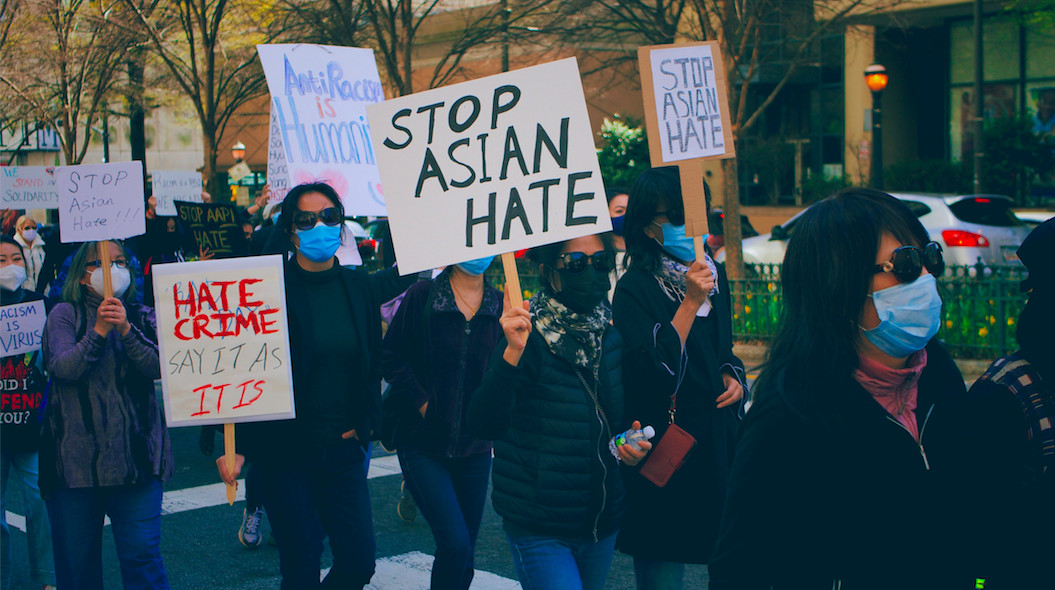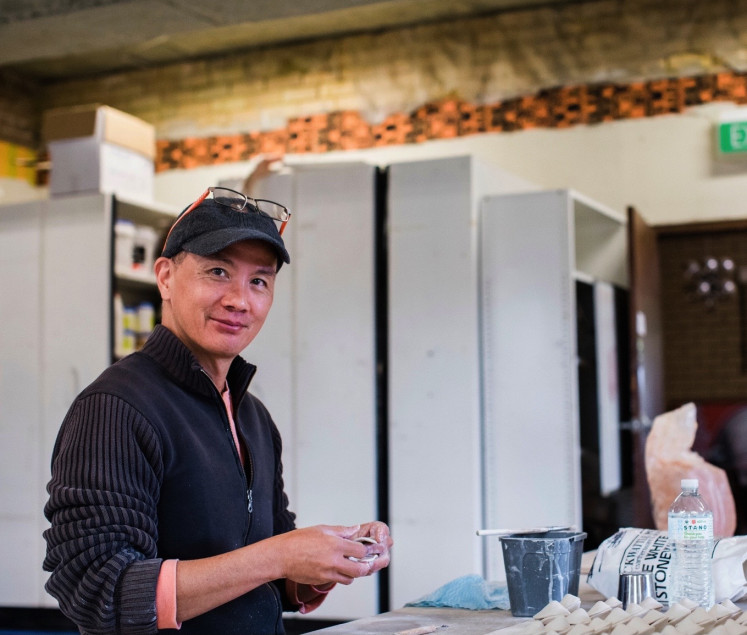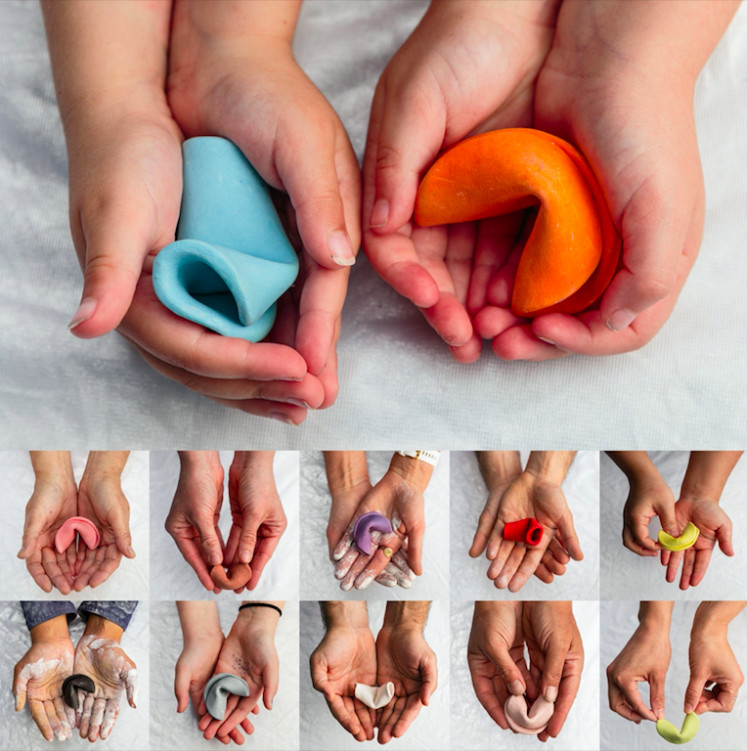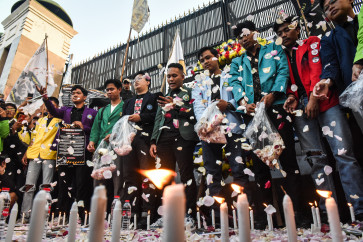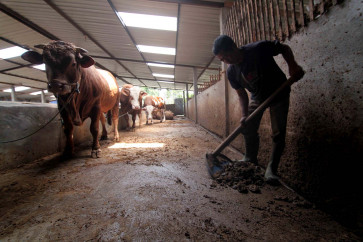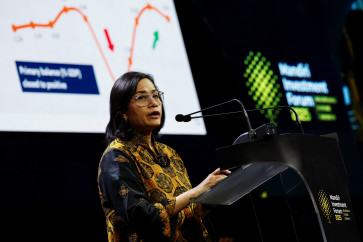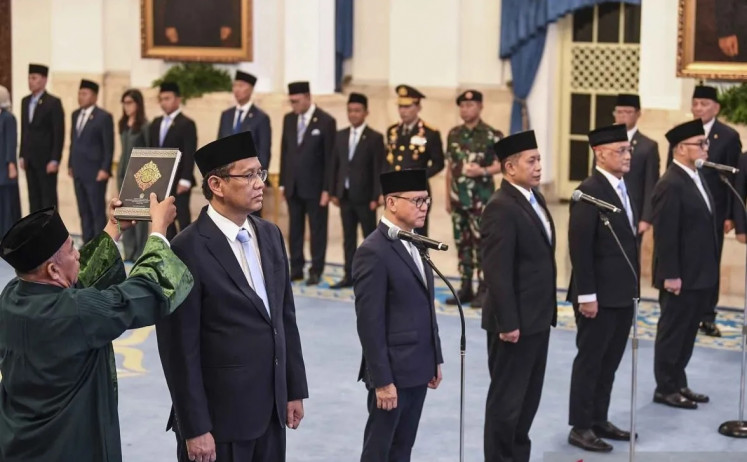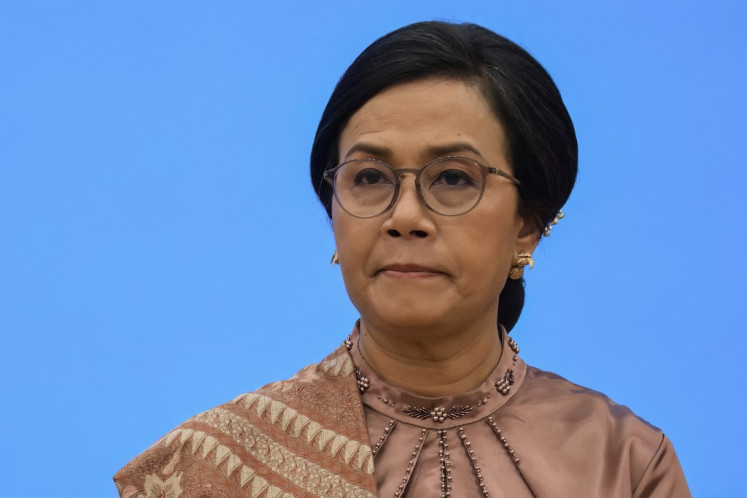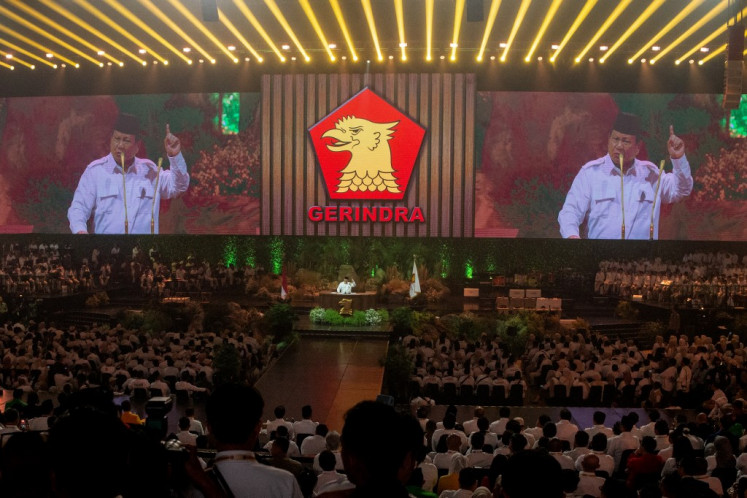Popular Reads
Top Results
Can't find what you're looking for?
View all search resultsPopular Reads
Top Results
Can't find what you're looking for?
View all search resultsIndonesians in Australia experience discrimination due to Chinese heritage
Change text size
Gift Premium Articles
to Anyone
Members of the Chinese-Indonesian diaspora share their experiences of facing discrimination in Australia.
Bernie, 36, a Chinese-Indonesian artist based in Melbourne, shared his unpleasant experience from a couple of months ago, when he received verbal harassment from a group of 13-year-olds.
"They started yelling ni hao ma (a typical Mandarin greeting, meaning “how are you?”) in an exaggerated, mocking tone. I was wearing an outfit with a Mandarin collar back then," he recalled.
"I whistled back at them in my defense," he continued.
The number of incidents of discrimination against the Asian community in Australia increased proportionally during the early pandemic. Citing the Global Citizen, the Asian Australian Alliance (AAA) found 377 incidents of anti-Asian racism from April 2 to June 2, 2020, of which 65 percent of claims came from women. Forty percent of racist incidents happened on a public street and almost 60 percent of incidents involved physical or verbal harassment.
Moreover, the AAA also found that there were different types of discrimination against Asian people, which included direct racial name-calling ("Go back to China," "Stop eating bats or dogs," "Ching Chong") making up 35.7 percent of reported cases, online harassment at 25.7 percent and downplaying racist jokes at 13.1 percent.
Erin Wen Ai Chew, national convener of the AAA, shared that discrimination against minorities already happened long before the pandemic.
"During the 1920s bubonic plague, Australians were warned to stay away from Chinese people — they were stereotyped as dirty and unhygienic, peculiar eaters," Erin explained.
Erin further explained that discrimination against Chinese-Indonesians happened because of the lack of cultural understanding and stereotypes.
"Some people are ignorant toward the culture. So, they do not know the difference between different Asian cultures," Erin continued.
"So, according to people who do not educate themselves, if you have a Chinese background, no matter where you are coming from, they will identify us [Asians] as one homogeneous community," she explained.
A recent report titled Being Chinese in Australia: public opinion on Chinese communities in 2022 showed that 34 percent of people with Chinese heritage felt they were treated differently by others.
An existing problem: Jayanto shared that discrimination against Asian-Australia does not only happen during the pandemic but prior to the pandemic. (Courtesy of Jayanto Tan) (Courtesy of Jayanto Tan/Courtesy of Jayanto Tan)Feeling less
Adrienne Novira, who currently works as a kindergarten teacher, experienced discrimination in her previous workplace.
"I would not say it’s obvious, but one time my former boss told me it’s a bit hard to understand my English. She also wrote in the work memo, "I got a dryer for us. So, we don’t have to hang our laundry inside the room like a Chinese kitchen," Adrienne shared.
When subjected to racial discrimination, the victims’ immediate response is often shock. The fact that some might never have experienced racism before compounds the feeling of helplessness when targeted racially.
Adrienne chose not to report her superior because she knew there was nothing she could do.
Erin predicted that the number of cases of racism was actually higher than those reported to the AAA as people chose not to report their experiences. Moreover, an article titled "I do not think the police would do much: new research shows racism during COVID is rarely reported" showed that 63 percent of respondents felt that their report would not be taken seriously. Sixty percent agreed the incident would not be dealt with properly and 40 percent did not trust the report recipients. The survey took a sample of 2,003 Asian-Australians.
Multiculturalism: Citing from the Australian government website, one in four of Australia’s 22 million people were born overseas; 46 percent have at least one parent who was born overseas, and nearly 20 percent of Australians speak a language other than English at home. (Courtesy of Jayanto Tan) (Courtesy of Jayanto Tan/Courtesy of Jayanto Tan)Taking a stand against racism
Action to fight against racial discrimination has been taken both collectively as a community and individually.
Members of the Asian community also take part in activities to raise public awareness of racial injustice. Jayanto Tan, a visual artist born and raised in a small village in North Sumatra who currently resides in Sydney, reflects his fight against racial injustice in his works of art.
“I was told to go back to Wuhan by people inside the train in Sydney during the early pandemic. Art is my shelter where I can express my traumatic past to embody my healing initiatives and freedom. Also, it is a medium to express cultural diversity for a better future for everyone,” Jayanto shared.
In 2021 he also participated in an art exhibition titled I AM NOT A VIRUS. A project that showcased 68 pieces from different artists with Asian backgrounds. The project was a reaction to the racist attacks during the pandemic. During the art show, he showcased his work “No Friends but The Ghosts (Ceng Beng)”, which reflected his Chinese and Batak identity. Jayanto mainly uses color to express identity, culminating in a celebration of liberation and creative freedom.
Through his representation of Australia as a multicultural country in his piece “Ritual Rainbow Gathering” featuring colorful ceramics, Jayanto wants to convey a message that Australia should embrace different cultural elements as its collective identity. That was the way, he believed, for the country to equally protect its citizens and maintain harmony as a united community.
“Time has changed and I’m proud of my heritage. I am starting to embrace and value my culture,” Jayanto said.

